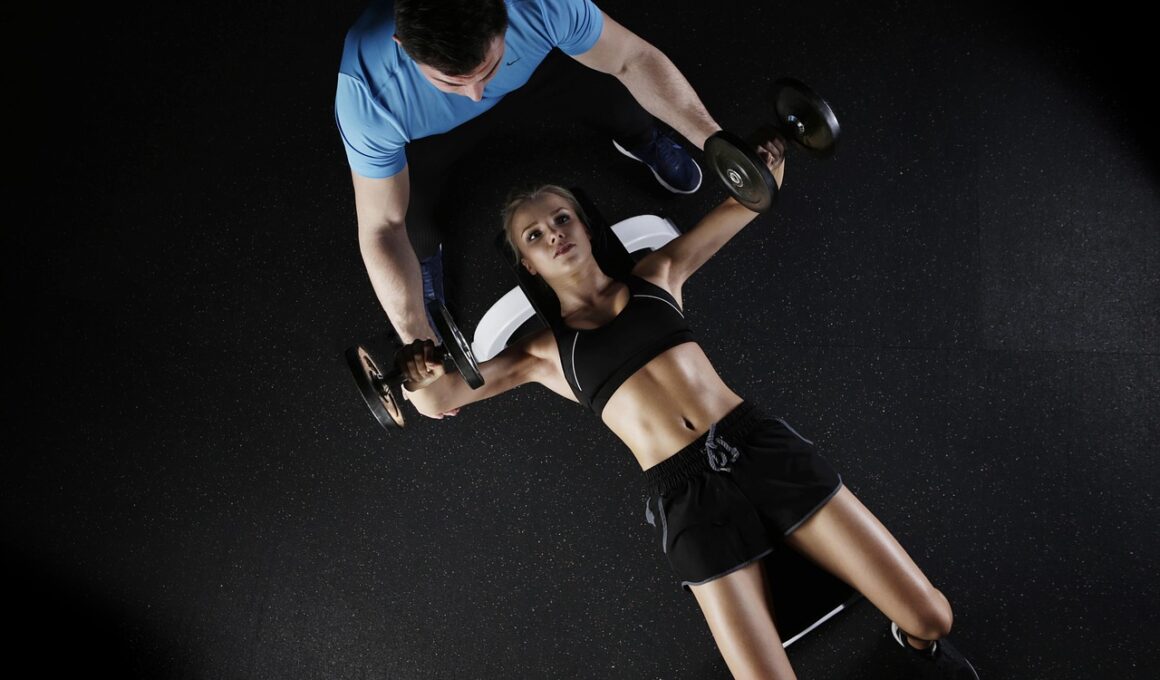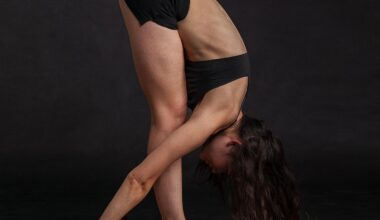The Evolution of Bootcamp Training Apparel Over the Decades
Bootcamp training apparel has transformed significantly over the decades, adapting to the needs of fitness enthusiasts and trainers. The journey began in the early 1990s when bootcamp workouts were primarily inspired by military training. During this time, apparel was often basic, focusing on functionality rather than style. Fabrics like cotton dominated the market because of their comfort and breathability. Over the years, as fitness trends evolved, so did the materials used in training gear. The introduction of moisture-wicking technologies revolutionized the industry, allowing athletes to perform better and stay dry. Moreover, companies started to emphasize lightweight materials that offered greater flexibility. This transition paved the way for a vibrant color palette and stylish designs. The shift towards athleisure wear also began, with trainers wearing outfits that could transition seamlessly from workouts to daily activities. Functional pockets, sweat-resistant fabrics, and ergonomic fits became standard features. As training styles became more diverse, the demand for specialized apparel increased. This evolution highlights how boot camp apparel has not only served the purpose of functionality but has also become a reflection of individual style and personal expression.
In the early 2000s, bootcamp training apparel saw the rise of branding, influenced by popular fitness personalities, which led to an increasing focus on aesthetics. Leading athletic brands began to introduce comprehensive lines specifically designed for bootcamp training, thus setting a new industry standard. The use of striking logos, bold prints, and vibrant hues became prevalent, showcasing a change in consumer attitudes towards workout gear. Training outfits gradually became status symbols. Instead of merely serving a functional role, apparel started to convey personal style and identity. These changes encouraged individuals to invest in quality gear that inspires them. Technology continued to play a significant role, with innovation in fabric technology allowing for temperature regulation and increased durability. The fusion of fashion with function transformed how trainers viewed their workout attire. This period also brought forth diverse sizing options that catered to larger body types, promoting inclusivity. Matching outfits became apparent among groups, fostering a sense of community among participants. Thus, bootcamp apparel evolved to encompass both personal expression and social cohesion within training sessions.
Technological Innovations in Bootcamp Gear
As we moved into the late 2000s and early 2010s, technological innovations further propelled the evolution of bootcamp training apparel. The introduction of advanced fabrics such as spandex and nylon led to improved elasticity and strength. Boom in the popularity of wearable fitness technology also influenced apparel designs. Training gear began integrating pockets for smartphones, fitness trackers, and hydration bladders. This transformation showcased how apparel needed to adjust to the modern athlete’s lifestyle. Brands realized that the inclusion of practical features could significantly enhance the training experience. Performance-enhancing elements such as compression technology aimed at muscle recovery became influential. Thus, apparel was no longer just for aesthetics; it also played a crucial role in athletic performance. The trend of customizability emerged, where trainers could personalize their gear to reflect their unique preferences and styles. Additionally, eco-friendly materials became a focus, responding to consumer demand for sustainable products. This marked a shift towards ethical and responsible manufacturing practices in the activewear market, ensuring that fashion was not at the cost of the environment.
In recent years, the COVID-19 pandemic notably impacted the fitness landscape, leading to an increased emphasis on home workouts and virtual bootcamp classes. This change required apparel to adapt once again, focusing on comfort for extended wear during remote training sessions. The desire for versatile clothing that effectively transitioned between home workouts and outdoor training grew. Athleisure wear saw a boom in popularity as people sought stylish yet comfortable clothing for daily life. Consequently, brands began to explore more sophisticated designs, introducing refined styles that maintained functionality and comfort. Social media influencers played a significant role in shaping trends, showcasing the latest apparel through various platforms. Users started to seek out gear that was both fashionable and functional. As fashion innovation continued, designs incorporated vibrant colors, bold patterns, and unique cuts to set the wearer apart. This period facilitated a rise in community-driven fitness movements that fostered inclusivity and support among members, encouraging more participants to join bootcamp activities.
Future Trends in Bootcamp Apparel
Looking forward, the future of bootcamp training apparel appears promising, with emerging trends that prioritize sustainability, technology, and personalization. As the environmental impact continues to gain attention, brands are likely to invest more in eco-friendly materials and manufacturing processes. Innovations in recyclable fabrics and biodegradable components become crucial in appealing to environmentally conscious consumers. In addition, the integration of technology within apparel is expected to advance. Wearable tech like smart fabrics that can monitor biometrics and physical activity could revolutionize training apparel, making workouts more informed and effective. Personalization will continue to be a driving force in the market, enabling athletes to customize their gear to their preferences. The concept of augmented reality may even enter the apparel scene, providing virtual try-on experiences that elevate online shopping. Furthermore, collaborative designs between brands and fitness influencers or celebrities could redefine style and acceptance across various demographics. Enhancing functionality while maintaining style will be key to success in the evolving landscape of bootcamp training apparel.
In conclusion, from its origins in military inspiration to its current incarnation influenced by fashion and technology, bootcamp training apparel has undergone remarkable changes. It now encapsulates a rich history of both style and function. As we look ahead, these developments indicate a trajectory of continued innovation driven by consumer demand and emerging trends. The focus on convenience and comfort alongside visual appeal will likely redefine workout clothing further. Bootcamp apparel is not merely a garment; it has evolved into a versatile lifestyle component that reflects our modern culture. As fitness continues to challenge and inspire individuals, the apparel worn will adapt correspondingly, reinforcing the bond between training and identity. This evolution signifies not only a shift in how we perceive workout gear but also highlights the importance of community and support in fitness environments. Thus, bootcamp training apparel is set to flourish, embodying a harmonious blend of identity, function, and technology. The journey of bootcamp apparel will mirror the journey of fitness itself—dynamic, inclusive, and continuously evolving.
As the evolution of bootcamp training apparel progresses, it becomes increasingly evident that consumer preferences shape the industry’s future more than ever before. The past decades showcase a remarkable blending of athletic functionality with personal style. Not only have trainers sought reliable gear, but they have also wanted apparel that resonates with their ideals. This dual focus fosters innovation while ensuring that industry standards improve. Adaptability, innovation, and community have become hallmarks of bootcamp training apparel’s evolution. We can anticipate exciting developments as fitness culture continues to evolve, with further advancements in fabric technology, functionality, and sustainability on the horizon. Aspiring trainers must remain engaged, seeking the best gear to enhance their workouts while showcasing their personalities. Brands must remain flexible and open to adapting to new styles while staying true to their core mission: helping individuals achieve fitness goals. This synergy between consumers and brands will drive the bootcamp training apparel industry toward a flourishing future. As we embrace all these changes, it’s clear that the journey of apparel will continue, echoing the spirit of progression that defines boot camp training as a whole.


